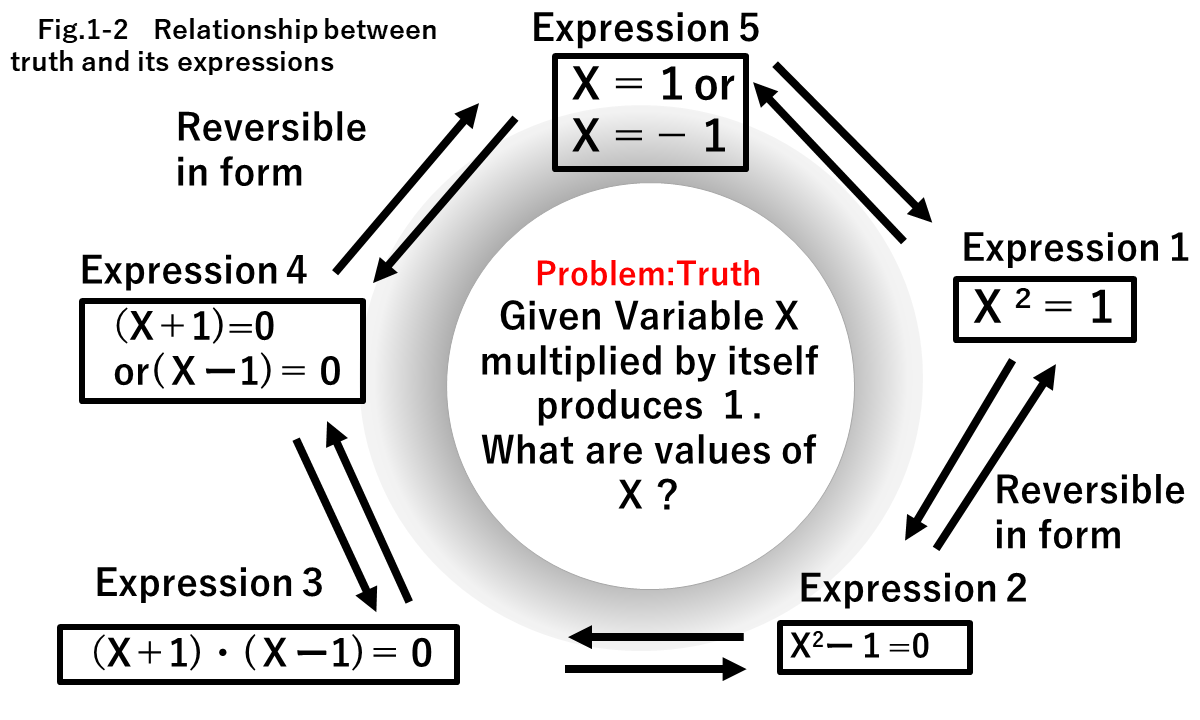There is also a relationship between truth and expression in the math problems and answers we learn in middle school. Suppose there is a problem that at first glance appears to be complicated. Those who have already memorized the problem know how to solve it, so the problem does not appear complicated.
Then, you often mistake by memorizing that what you know is what you understand. If your memory is too good, you will not be able to have a question at all. Below , this is a middle school level problem that I already memorized how to solve.
Problem: Given a variable X, multiply X by itself produce 1. What value are variable X?
Even at this level, an ordinary middle school student might find it difficult if he or she sees it for the first time.
An unstructured problem written in words is equivalent to the truth. First, we give a form to the problem by expressing it in mathematical expressions that are different in forms.
Social Phenomena Overlaying Thermodynamics (5)
Vol.01-06
Jun 11, 2024
Content of This Article
Example 2 of the relationship between truth and expression

The formless problem written in words becomes Expression 1 when it is expressed by a form. If we transform it, we get expressions 2, 3, 4, and 5.
Expression 5 is called the answer. Expression 1 to 5 is reversible; it can go back and forth, while the meaning value is not changed. We call it congruence. The word congruence was learned in middle school.
Expressions 1 through 5 are congruent. There are different expressions for the only thing of truth. Of these, the answer is the one that looks easy. There are many other expressions that, when transformed, can be thought of. The equivalent of truth is the meaning of the problem statement.
Meaning has no form. Figure 1-2 illustrates the above explanation.
[ Author : Y. F. ]

Fig.1-2 Relationship between truth and its expressions

